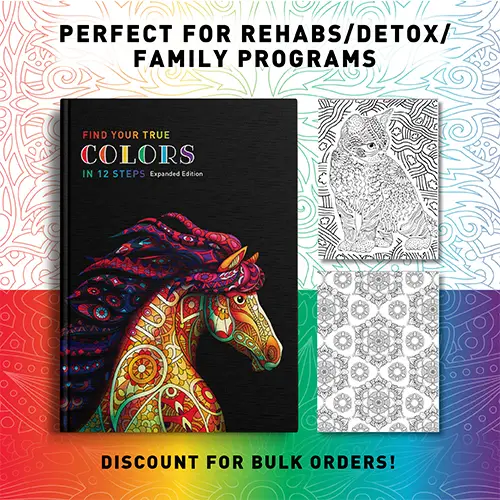You may have heard of sober living facilities and wonder what they are. Is someone you know or love struggling with sobriety after completing a drug rehab program? A sober living community or facility may be the answer.
Why people in recovery need a sober living community
Here’s what the National Institute of Health has to say. about returning home to an unsafe environment. Abstaining from drugs and alcohol after rehab isn’t easy, and brain repair takes time. Returning home too soon can cause stress and trigger relapse. You don’t want that to happen.
Lack of a stable, alcohol and drug free living environment can be a serious obstacle to sustained abstinence. Destructive living environments can derail recovery for even highly motivated individuals. Sober living houses (SLHs) are alcohol and drug free living environments for individuals attempting to abstain from alcohol and drugs. They are not licensed or funded by state or local governments and the residents themselves pay for costs. The philosophy of recovery emphasizes 12-step group attendance and peer support.
National Institute of Health
Sober living facilities are also called sober houses, halfway houses, clean-living communities, or similar names. The goal of a residential community is to help people with substance use issues to stay clean during that critical period after their initial treatment and rehabilitation.
Choosing sober living is usually voluntary, but it can also be mandated by a court order. How much control you have over your life depends on the community you join. Compared to other rehab centers in Dallas, sober house programs typically allow residents far more control over their day-to-day lives. In some cases, residents may also help run the facility as well.
Sober living facilities have programs and rules
Most sober communities have rules and restrictions to help residents focus on their recovery. There may be mandatory group therapy and counseling sessions as well as periodic sobriety tests. Some facilities may also require residents to join 12 Step programs, as well.
Who is eligible
While some facilities may occasionally accept someone who has not undergone detox or withdrawal management, sober living facilities are intended for people in a stable condition who have already been taught coping skills at another rehab program.
Why taking time encourages long term success
Taking more time to recover from a substance use disorder tends to have better results than short-term programs. This may be because it takes the brain a long time to heal from the effects of drug and alcohol use. Joining a sober community offers you the time to develop new habits and a safe space to focus on reinforcing new lifestyle skills.
Another major advantage of sober living communities is that many offer the opportunity for you to get a job and earn some money. In fact, most facilities require residents to either seek employment or be employed. Getting a job can be a major benefit, since most inpatient drug and alcohol rehab programs don’t offer the option to earn as you recover, and, of course, they can be expensive as well.
Are sober houses safe
Check out any facility before joining one to get information about its reliability. Not every facility has strict enough rules, but generally speaking sober living communities have been proven to reduce relapse rates among residents compared to rejoining the community immediately after a residential rehab program.
In most cases, the other residents of a sober house will have made a strong commitment to staying sober. This means you will find a more supportive, nurturing environment in a sober living community than you would if you immediately returned to your old life.
How long can someone stay at a sober living facility
It depends on the program and the facility. However, sober houses are also often called “transitional homes” or “halfway houses” for a reason. They are intended to be a temporary arrangement rather than a long-term abode.
However, in most cases residents may stay for as long as they need to progress in their recovery. With most substance use disorder/addiction cases, the consensus is that the longer a patient stays in a facility the better their prospects for long-term recovery. This means that a stay at a sober living facility can last up to several months, depending on how the resident responds.
How much does sober living cost
In North Texas, for example, there are several options for sober living facilities for virtually all budgets. You can expect rates to be around $400 a month, upwards. Of course, rates will change depending on the facility’s specializations and target market. Facilities in other US states may have different average monthly rates, depending on the cost of living.
Can you get a job in sober living
It depends. In many sober living houses, you may be able to get jobs working in the facility itself. Some sober living communities also function as cooperatives and residents may have the opportunity to earn an income or even get into a new career through them. Others may allow residents to work at jobs outside the facility, with the facility merely providing a supportive environment to stay in as the resident reintegrates with the rest of society.
Summary
Sober living facilities are an excellent way for individuals recovering from long-term substance misuse to continue their progress in a safe, controlled environment. They can significantly reduce the number of relapse triggers experienced at a critical juncture of the recovery process. Compared to the alternative of immediately rejoining society after rehab, a sober living community can often create better long-term outcomes for recovering individuals.
More Articles To Read About Sober Living
Are Sober Living Communities Right For You
5 Ways To Stay Motivated After Sober Living
Living With Uncertainty When You’re Sober
Sober Fun For The Spring





















